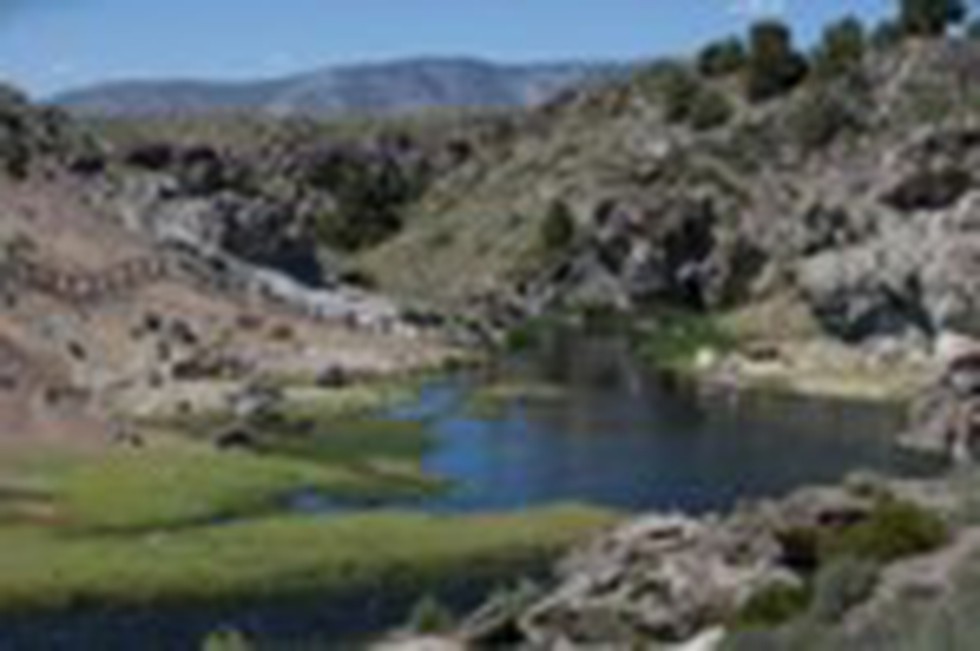About Long Valley Caldera:
- It is located in the Eastern Sierra Nevada Mountains of California, United States of America (USA).
- It is a dormant supervolcano.
- It was formed by a super-eruption about 760,000 years ago that blasted 140 cubic miles of magma, covering much of east-central California in hot ash that was blown as far away as present-day Nebraska.
- It has been unleashing earthquake swarms on a regular basis since 1978, raising concerns that it might be at risk of erupting.
What is Caldera?
- It is a depression created after a volcano releases the majority of the contents of its magma chamber in an explosive eruption.
- Without any structural support below, the land around the erupting volcanic vent or vents collapses inwardly, creating the bowl-shaped caldera.
- A caldera-causing eruption is the most devastating type of volcanic eruption.
- These are formed by the inward collapse of a volcano.
- Calderas may have parts of their sides missing because land collapses unevenly.
- Types of Calderas
- Crater-Lake Calderas: It is a result from the collapse of a stratovolcano after a Plinian eruption, the most explosive type of volcanic eruption.
- Plinian eruptions release massive amounts of lava, volcanic ash, and rocks.
- Shield Volcano Calderas: These calderas do not result from singular explosive eruptions.
- They instead subside in gradual stages, due to the episodic release of lava. This less-explosive release of lava, known as lava fountaining, is characteristic of shield volcanoes.
- As a shield volcano periodically releases lava, it produces nested or terraced depressions rather than a large bowl-shaped caldera.
- It is composed of dormant and active shield volcanoes.
- Resurgent Calderas: These are the largest volcanic structures on Earth.
- They are not associated with one particular volcano, but instead result from the widespread collapse of vast magma chambers.
- This caldera collapse is produced by incredibly destructive eruptions known as pyroclastic sheet flows, the likes of which have not occurred in historic times.
